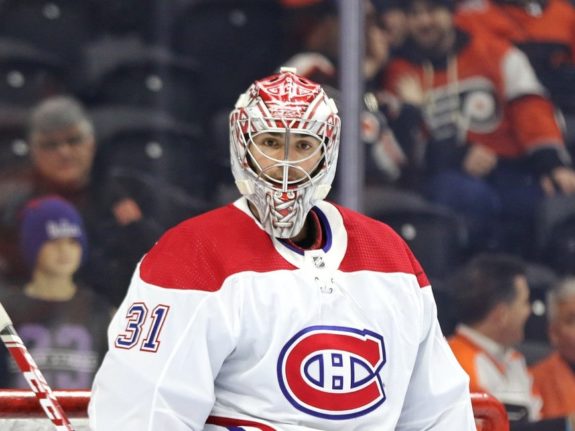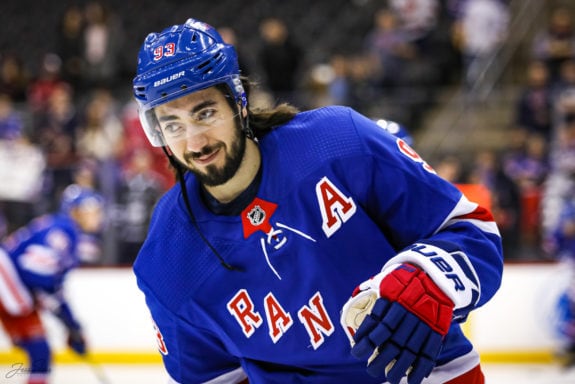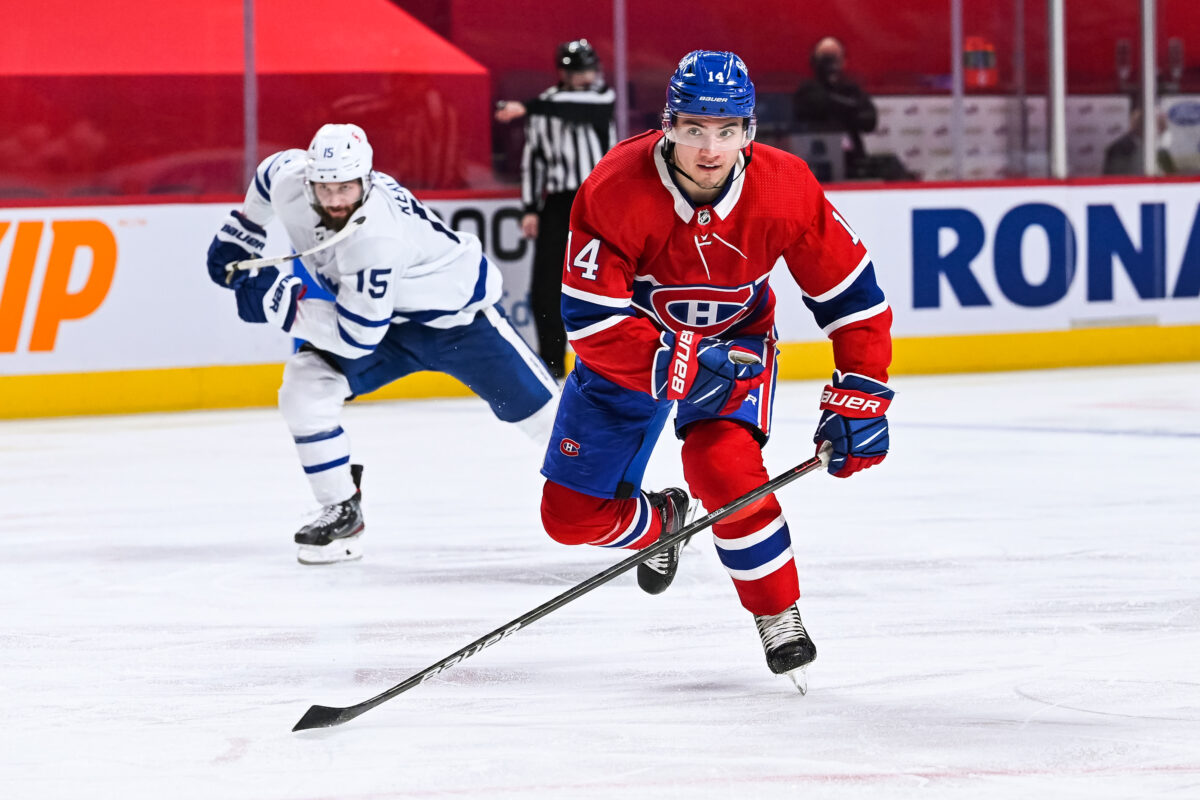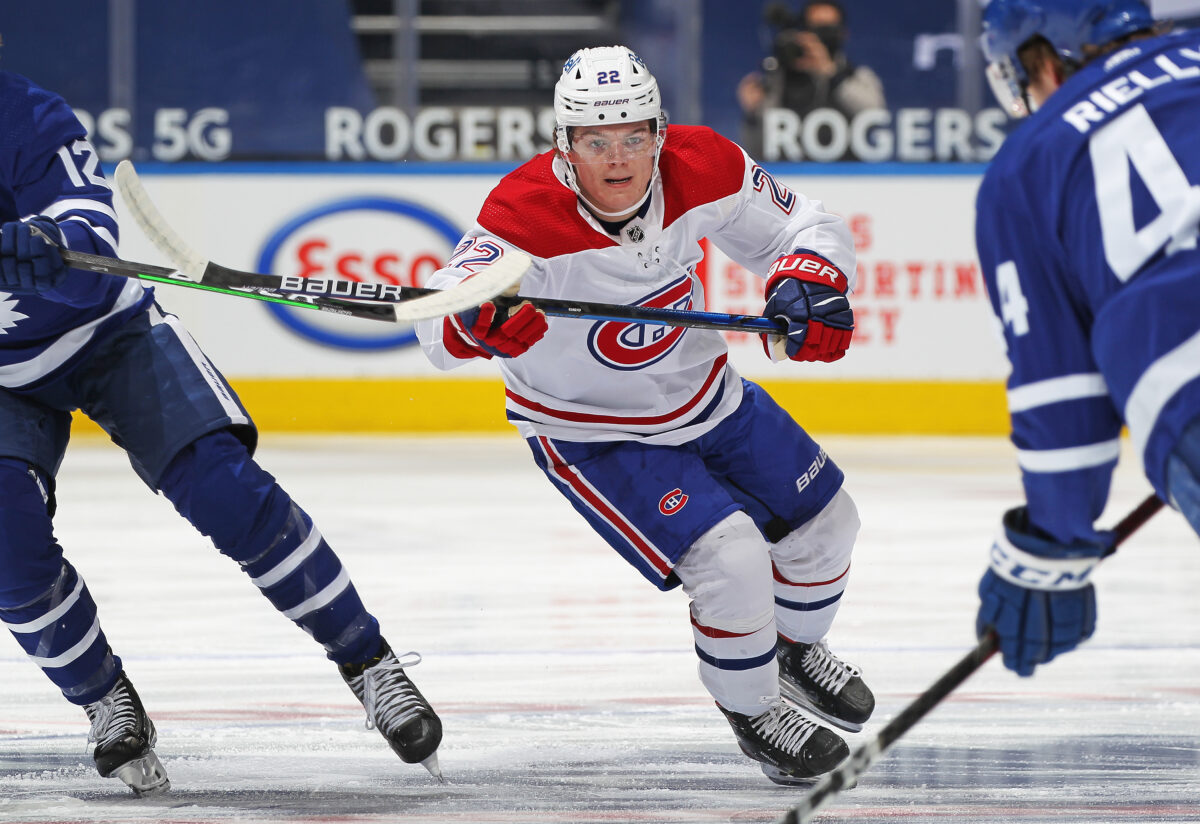The Montreal Canadiens are in the midst of one of their worst seasons in franchise history. Many factors led to this downfall, a Stanley Cup hangover, injury woes, and having over a dozen players on the COVID protocol list at any given time. However, this season may have been a blessing in disguise; it has forced owner Geoff Molson to take a hard look at the future and decide it is time for new leadership and fresh ideas.
After 10 years at the helm of the storied franchise, former general manager Marc Bergevin showed the effects of burnout and was fired. To lead the Canadiens, their general manager needs to be focused. Now under executive vice president Jeff Gorton, the search for a GM is underway, and according to Renaud Lavoie of TVA, the post will be filled in the next 10 days.
This new GM will work in tandem with Gorton, who has a specific system when he joins the front office of a new club. It’s simple in theory but difficult to do. Here are the three keys to a successful Canadiens rebuild.
Canadiens’ Rebuild: Identify Team Identity
For years, the Canadiens had been reliant on stellar goaltending from Carey Price, structured defensive play to support him, and timely scoring off the rush, using volume shooting to offset the lack of skill up front.

The team’s goaltending plan fell apart (or lacked support) if anyone other than the future Hall of Fame goaltender was in net. The defence was static, relying on stay-at-home defenders and using shot-blocking as a way to cut down shots from the slot. That helped keep shots to the outside but allowed the opposition to build a cycle game to break down the defensive structure. Scoring had been inconsistent and only occasionally assisted by a power play, which has not ranked higher than the middle of the league for years.
Gorton’s teams have taken a more modern approach – which may be familiar to long-time Canadiens fans who remember the golden days of Montreal’s “firewagon hockey,” a term coined by author Andy O’Brien in his 1967 book, Firewagon Hockey: The Story of the Montreal Canadiens. This approach includes a focus on team and salary cap structure that invests in mobile defencemen, who can pressure the attackers, create a transition game and push the game in the offensive zone.
Just as importantly, it includes the search for two highly skilled and effective top-six centers. With the New York Rangers, one of Gorton’s first moves was to acquire Mika Zibanejad from the Ottawa Senators, thereby adding a future top-line center to the franchise.

Only once those key pieces are in place can the Canadiens’ new GM focus on unrestricted free agents (UFA) or trades to add players with speed and who can score from the wing to complement them.
Canadiens’ Rebuild: Fire Sale
Having a plan rooted in the successful style of today’s NHL is a good start. Yet, Gorton and the new GM will need to identify their core group, likely Nick Suzuki, Cole Caufield, and Alexander Romanov. Then they must identify the veterans needed to properly mentor their young core. Only then can they go about selling off their remaining assets.

The Canadiens have added a plethora of prospects in the last three years, many of whom have the skill set to become NHL players. That said, there are no stars in the pipeline. Some will be able to fill important supporting roles, but none can carry a team. Some might be called up and step up adequately during this low point of the rebuild, or they could be used to add better assets in the future.
Related: Gorton Must Start With a Fire Sale
But management will need to sell off who they can to add as many picks and prospects as possible to increase the odds of one becoming a franchise building block. Players like Ben Chiarot, Tyler Toffoli, Brendan Gallagher, and even Carey Price will either be traded or kept to mentor the young core graduating to the NHL.
Canadiens’ Rebuild: Patience
Even with Gorton’s reputation, this approach to rebuilding the Canadiens into a contender will take a few seasons to bear fruit. The key is patience. The new management team will need to focus on drafting and development to find the missing pieces for the roster, especially since free agency is not only too expensive, but a market like Montreal tends to have a hard time attracting UFAs due to the media scrutiny and high Quebec taxes.
Also, ensuring patience from the fanbase will require transparency. In New York, Gorton wrote an open letter to the fans, detailing in broad strokes his plan for the franchise. It bought him time from a demanding market, and he’ll need to do that again in Montreal.
Hiring a respected journalist in Chantal Machabée as vice president of communications should help. A focus on human interest stories and giving fans more access to the players would help the community become more invested in the individual growth of a young core that includes Cole Caufield. It might also help build new fan favourites and help to focus on the process instead of the final score while the team struggles to win regularly.

Even without a new GM in place yet, we can see the franchise’s path ahead based on Gorton’s history. As important as it is to draft and develop properly, it’s just as important how a team begins their rebuild and how they communicate these decisions to their fans. With a clear identity in mind and the patience from the fanbase to build it, management should be given the time they need to implement their plan. In a market as dedicated to hockey as Montreal is, time is an asset the organization needs to control most of all.